What comes to your mind when you think of Japanese food? Sushi? Miso soup? Whatever your answer, there’s a very good chance that it wouldn’t be the same were it not for soybeans. Sushi, for example, is typically brushed or dipped in soy sauce, and the miso in miso soup is made from fermented soybeans. Indeed, many of Japan’s most iconic foods make use of soybeans in one form of another, making the beans indispensable in Japanese cuisine. In this article, we will explore many of the Japanese foods made from soybeans, as well as recommend some great restaurants in Japan where you can get a taste of the very best of them.
A Brief History of Soybeans in Japan
Soybeans have been cultivated in Japan for many thousands of years. However, their prominence in Japanese cooking wasn’t established until around 1,300 years ago, when tofu and “hishio” (the precursor to miso and soy sauce) were introduced to Japan by monks from China.
Tofu was initially eaten mostly by Buddhist monks as an integral part of a vegetarian diet, but its popularity later spread to the aristocracy and finally to the general population several hundred years later. Today it can be found in several forms, served in an even larger variety of dishes.
![Soybeans: The Most Essential Ingredient in Japanese Food]()
“Hishio” was a salty, fairly chunky paste of fermented soybeans and wheat or rice that was used as a topping or eaten as-is. As more advanced methods of production were introduced, the now familiar miso paste was born from it, and the leftover liquid in the bottom of the miso bucket, too, was eventually turned into soy sauce. Today, these two condiments create the essential flavor of many of the most famous and popular Japanese dishes.
Japanese Foods That Wouldn't Exist Without Soybeans
1. Soy Sauce
Did you know that the word “soy” actually comes from the Japanese word “shoyu,” which means “soy sauce”? Thus the word “soybean” actually means “soy sauce bean,” which just goes to show how important soy sauce has become in Japanese cooking. We find it as a base for soups, including udon and classic “shoyu ramen”; as a dipping sauce for everything from sashimi to vegetables; made into a tare (sauce) that is brushed on sushi and yakitori (grilled chicken skewers); used as a base for salad dressings; or found as a condiment sitting on the table at almost every Japanese restaurant. It is truly one of the flavors of Japan that is loved by all Japanese people. What exactly is it, though, and how is it made?
![Soybeans: The Most Essential Ingredient in Japanese Food]()
Soy sauce is made by exposing a simple mixture of steamed soybeans and roasted wheat to a rice yeast for several days to break down the ingredients and create the umami that soy sauce is loved for. Salt and water are then added, and the mixture is fermented for a period of more than 6 months. At the end of the fermentation process, the thick mixture is pressed through a strainer to release the raw soy sauce.
Soy sauce is actually graded based on the amount of umami it has, and is generally divided into three categories: standard, high-grade, and premium grade. In addition, many different varieties of soy sauce exist for various purposes, such as cooking or dressing. While you are in Japan, sampling a variety of different soy sauces with many different foods is an absolute must!
One of the dishes that wouldn’t be the same without soy sauce is sashimi. Sashimi is almost always served with a dish of soy sauce and a hunk of wasabi.
![Soybeans: The Most Essential Ingredient in Japanese Food]()
When visiting Tokyo, we highly recommend an izakaya called Jijii in the trendy Shimokitazawa neighborhood. In Tokyo, all of the top seafood restaurants get their fish from Toyosu Market. The same is true at Jijii, but the head chef here also has special connections with the fishermen in a town called Fudai in Iwate Prefecture, where he is able to get rare and incredibly fresh fish exclusively for his restaurant. Order the Freshly Caught Seasonal Sashimi platter, and be prepared to eat some of the best and freshest seafood around!
Jijii
Open: [Tuesday, Friday - Sunday] Lunch 11:30 am - 2:30 pm (L.O. 2:00 pm) No lunch on Wednesday and Thursday. Lunch menu only.
[Sunday] Dinner 5:00 pm - 11:45 pm (L.O. 11:00 pm)
[Tuesday - Saturday] Dinner 5:00 pm - 11:45 pm (L.O. 11:00 pm)
Closed:
MondayAverage price:
[Dinner] 4,000 JPY / [Lunch] 1,000 JPYAccess:
From Shimotakaido station on the Keio and Setagaya lines, follow the Setagaya line tracks (Tamaden-dori) for 3 minutes. Just after Yoshikawa Pediatric Clinic.Address:
3-13-9 Matsubara, Setagaya-ku, Tokyo MapMore Details Reservation
2. Miso
Another uniquely Japanese ingredient that also plays a vital role in Japanese cooking is miso. Miso soup is perhaps the most famous dish worldwide that uses miso, but the salty, umami-filled paste is in fact used in many other dishes as well. One of the most popular ramen flavors is miso, and miso katsu (deep-fried pork or chicken cutlet with miso sauce) is another commonly-seen dish at Japanese restaurants. You’re unlikely to go through a whole day of eating in Japan without encountering miso at some point! In fact, it is one of the
essential ingredients of Japanese homemade cooking.![Soybeans: The Most Essential Ingredient in Japanese Food]()
Miso is made in a similar fashion to soy sauce, except not as much water is added and other ingredients such as rice and barley are typically used alongside the soybeans instead of wheat. Based on the ingredients used and fermentation time, the color, flavor, and aroma of the miso varies greatly. In Japan, different regions prefer different types of miso. For example, in Kansai (Osaka, Kyoto, and nearby), lighter miso with a milder, sweeter taste is preferred, while in Kanto (Tokyo and nearby), darker, saltier miso is preferred.
One of the most distinct types of miso with a strong flavor is Haccho, or also known as red miso. It is used in many of the famous foods of Nagoya. If you want to experience a variety of dishes featuring this special miso, head to a restaurant called Yamatora near Nagoya Station.
Here you can try the house special Miso Oden (800 JPY), in which fish cake and other ingredients are simmered together with a rich red miso broth, or their classic pork Kushikatsu (900 JPY), where delicious fried pork cutlet skewers are served up with a red miso sauce. These dishes are outstanding examples of Nagoya's miso specialties and won't disappoint.
Yamatora
Open: [Weekends and Holidays] 11:00 am - 11:00 pm (L.O. 10:30 pm) *Last order for lunch is 2:50 pm.
Closed:
NoneAverage price:
[Dinner] 3,000 JPY / [Lunch] 1,000 JPYAccess:
1- 5 minutes walk from Nagoya Station on any lineAddress:
3F, 3-28-12 Meieki, Nakamura-ku, Nagoya, Aichi MapMore Details Reservation
3. Tofu
People outside of Japan often think of tofu as a flavorless filler ingredient that can be used as a substitute for meat and which will simply soak up the flavor of whatever it is cooked in. To those who think of tofu in this way, we encourage you to try tofu again while in Japan! Here, although it sometimes plays a supporting role in various dishes, tofu is often the star of the show, enjoyed for its rich taste and smooth texture. You can find it in miso soup, served as-is with a variety of toppings, mixed with ground meat and chili peppers as mapo tofu or even sweetened and served as a dessert. There are actually quite a few types of tofu, each with distinct characteristics and used for different purposes. The difference comes from the way in which the tofu is made.
![Soybeans: The Most Essential Ingredient in Japanese Food]()
The traditional way to make tofu is to take heated soy milk and mix it with “nigari,” a natural coagulant. As the ingredients are mixed together, the soymilk begins to firm up, creating what is known as “oboro” or “yose” tofu. This raw tofu is extremely soft and fresh, and can be enjoyed in some restaurants that make their own tofu. When this raw tofu is placed in a mold to give it shape, it is called “kinugoshi” tofu. Firmer “momen” tofu is made by applying pressure to the tofu while it is in the mold, causing it to lose some of its moisture. Although there are many variations and sub-categories, these are the most basic types of tofu found in Japan.
To really experience the very best tofu, travel to Ise in Mie Prefecture, about 90 minutes by train from Nagoya. Here, a restaurant called Tofu-ya serves outstanding homemade tofu made in small batches each day.
Try the restaurant’s Yose Dofu Tray (1,240 JPY), which features a portion of freshly-made raw tofu served with seasonal ingredients to use as toppings. The richness and subtle sweetness of the fresh tofu is unlike any you’ve ever had! Also be sure to order a side of Dengaku (550 JPY), a miso-glazed grilled tofu skewer, for an entirely different textural experience and flavor profile.
Tofu-ya
Open:
Lunch 11:00 am - 2:00 pm, Dinner 5:00 pm - 8:00 pmClosed:
NoneAverage price:
[Dinner] 2,500 JPYAccess:
5 minutes by taxi from Isuzugawa Station of the Kintetsu Toba Line.Address:
1-4-1 Ujiurata, Ise, Mie MapMore Details Reservation
4. Kinako
One of the most popular classic Japanese dessert toppings is called “kinako.” It is a powder made from ground toasted soybeans. Kinako itself isn’t sweet, but adds a delicious nutty richness to many different Japanese treats. One of them is “warabi mochi,” a classic dessert featuring soft, chewy rice cakes coated with kinako and topped with a sweet sugar syrup called “kuromitsu.” This dessert is a delightful combination of texture, sweetness, and nutty richness from the kinako. It's a must-try when you're in Japan!
![Soybeans: The Most Essential Ingredient in Japanese Food]()
![Soybeans: The Most Essential Ingredient in Japanese Food]()
For some truly amazing warabi mochi, head to Osaka and explore a sweets cafe called Creative Japanese Confectionery Studio BASHOAN. The cafe offers a variety of traditional Japanese sweets and parfaits, as well as excellent tea. While you can’t go wrong with anything on the menu, we recommend trying the Honzukuri Warabi-mochi (1,200 JPY), which lets you grind your own kinako using a stone mill and freshly-roasted Tamba black soybeans. Kinako literally doesn’t get any fresher than this!
Creative Japanese Confectionery Studio BASHOAN
Open:
11:00 am - 9:00 pm (L.O. 8:30 pm)Closed:
NoneAverage price:
[Dinner] 1,000 JPY / [Lunch] 600 JPYAccess:
10 minutes walk from JR [Osaka] Station / 10 minutes walk from [Umeda] Station on Subway Midosuji Line or Hankyu Main LineAddress:
Takimi-koji, B1F, Umeda Sky Bldg., 1-1-90, Oyodonaka, Kita-ku, Osaka city, Osaka MapMore Details Reservation 5. Shojin Ryori
![Shojin Ryori]()
When tofu was first introduced to Japan, it was eaten as a protein source by Buddhist monks who ate a strict vegetarian diet. The food eaten by monks, called “
shojin ryori,” was developed and refined over many hundreds of years, and elements of it eventually spread to mainstream Japanese cooking. Shojin ryori is created in balance with a Buddhist way of life, so it uses no animal products and no strongly-flavored seasonings such as garlic, pepper, onions, or sugar. Instead, the natural flavors of the ingredients are drawn out and enhanced by the masterful pairing of ingredients and fullness is attained with the use of vegetable oils. Tofu and other soy-based foods such as the luxuriously silky “yuba” (tofu skin) are featured heavily in shojin ryori, making soy an essential component of the cuisine.
As one of the oldest and most refined forms of vegan cooking, it truly is something that everyone, especially those with dietary restrictions, should try while in Japan. Luckily, there are some monasteries that serve shojin ryori to the public, and there are quite a few restaurants that specialize in the cuisine as well.
![Soybeans: The Most Essential Ingredient in Japanese Food]()
![Soybeans: The Most Essential Ingredient in Japanese Food]()
One such restaurant that we recommend is called Jion Shoja. It can be found in Okayama, about two hours west of Osaka. Here, it is possible to experience the essence of shojin ryori while enjoying a beautiful course meal with many small dishes. Try the Vegetable Banquet (from 1,860 JPY), a luxurious meal that comes with 12 dishes featuring seasonal vegetables and specially-selected ingredients. For those who want a taste of shojin ryori but aren’t set on a vegetarian meal, there are also courses that feature fresh seasonal fish as well.
Jion Shoja
Open: [Tuesday - Sunday, National Holidays, Day before National Holidays] Lunch 11:00 am - 3:00 pm (L.O. 2:00 pm), Dinner 5:00 pm - 9:00 pm (L.O. 7:00 pm)
Closed: MondayAverage price:
[Dinner] 4,000 JPY / [Lunch] 2,100 JPYAccess:
A 15-minute walk from Higashi-Okayama station on the JR Sanyo Main Line and the JR Ako lineAddress:
26-5 Yoneda , Naka-ku, Okayama, Okayama MapMore Details Reservation
As you can see, Japanese food wouldn’t be the same were it not for the soybean, as it is the essential ingredient for many of the ingredients used in Japanese cooking. While you are in Japan, make sure to try a variety of soy-based foods to see just how amazingly versatile the soybean can be!
Disclaimer: All information is accurate at time of publication.

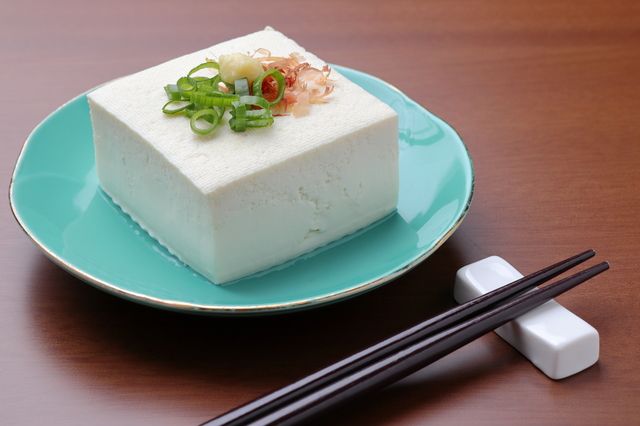
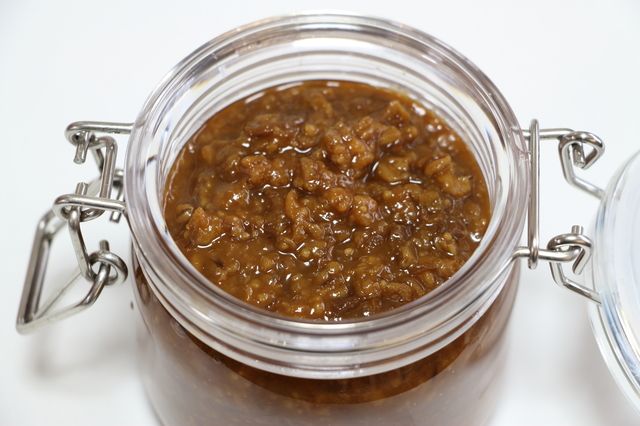
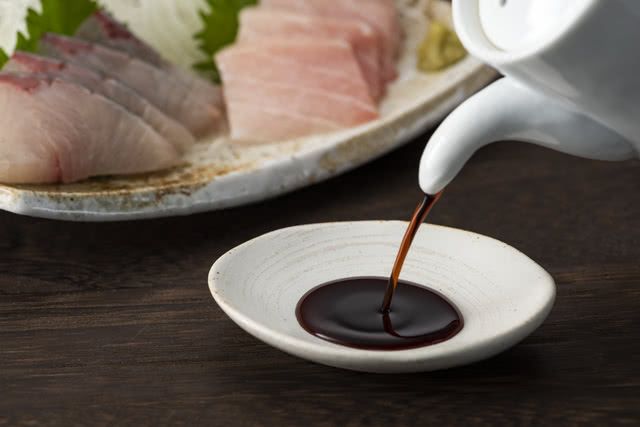
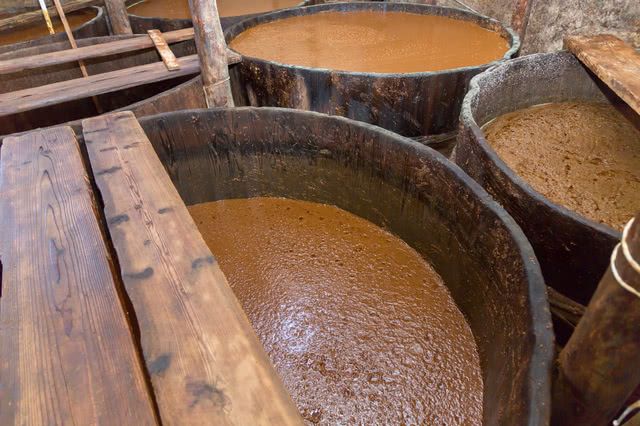

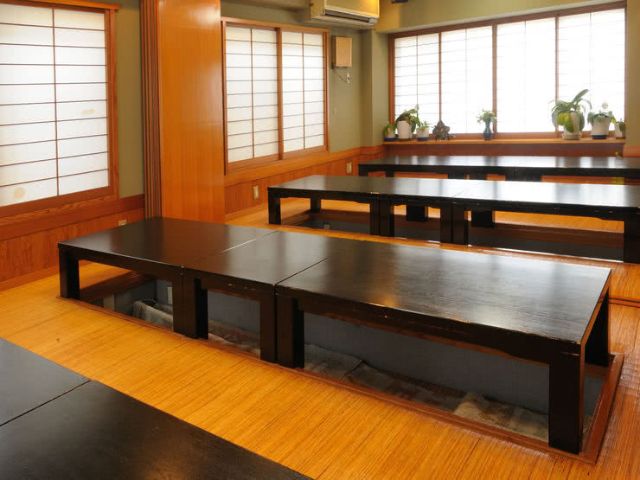
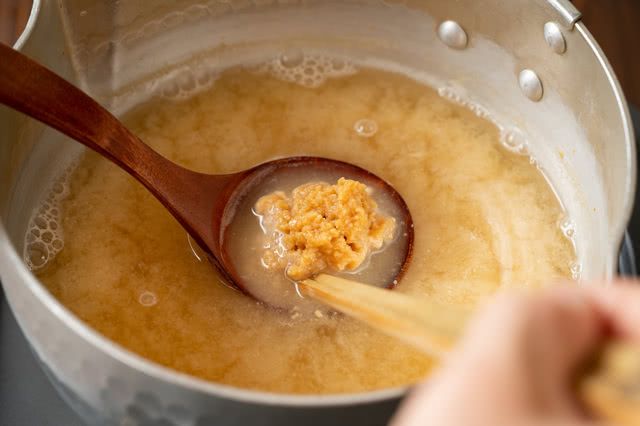
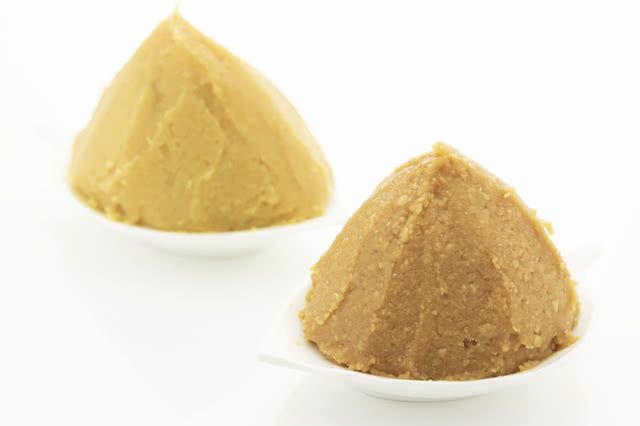
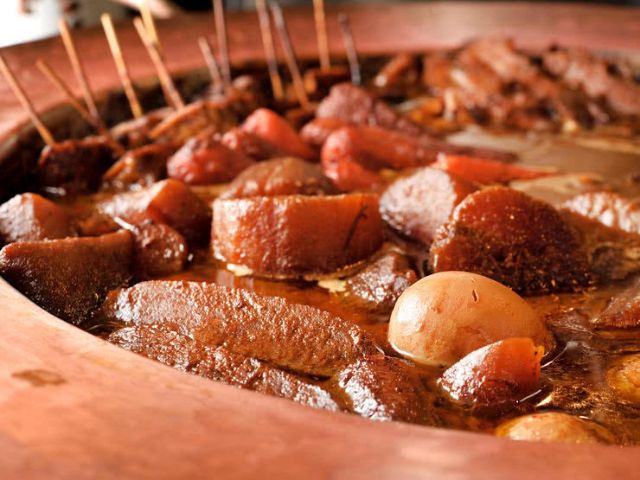

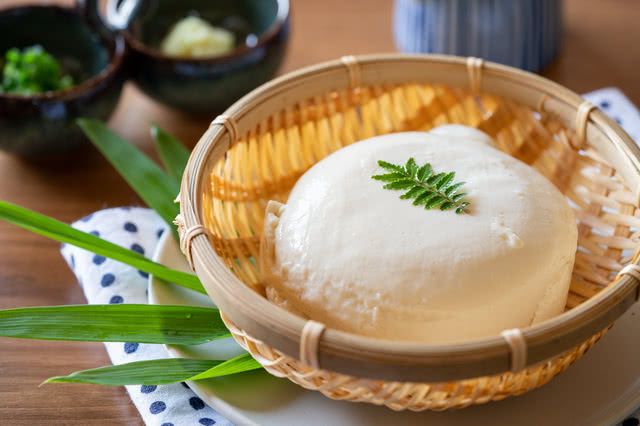
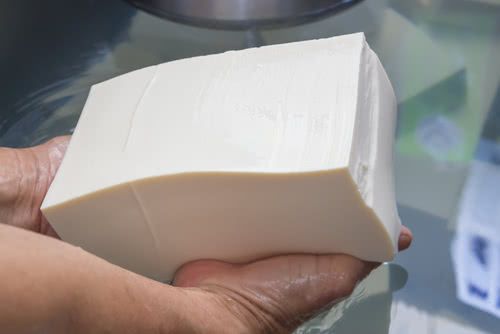
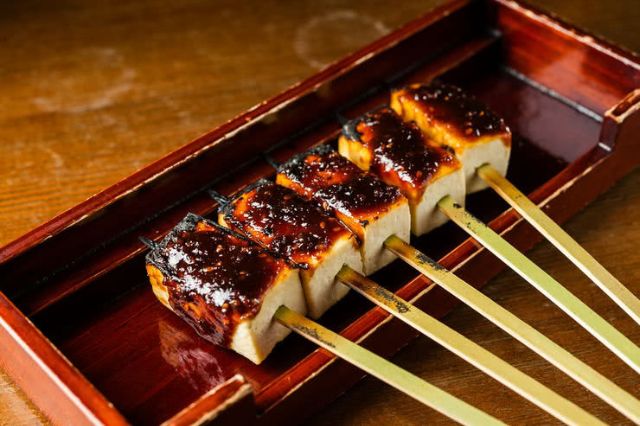

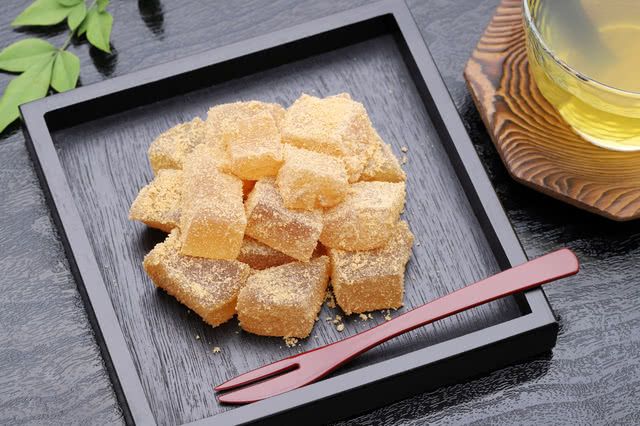
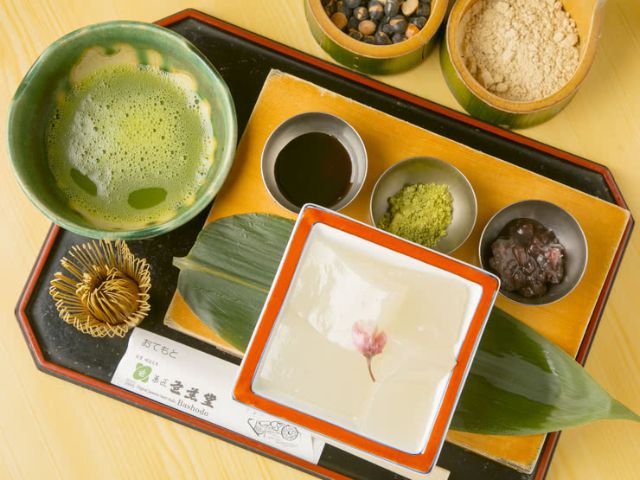
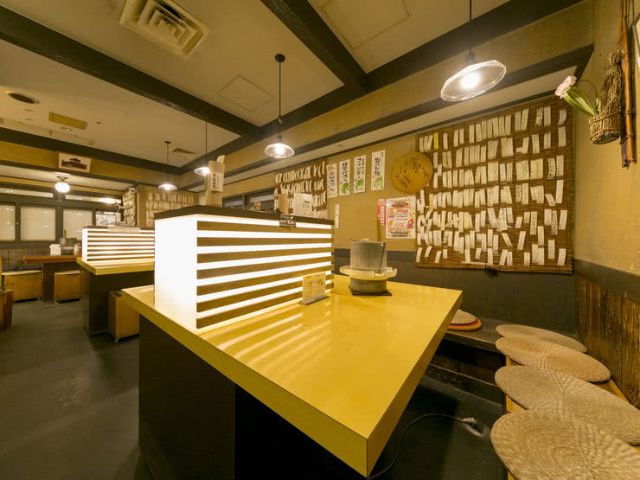
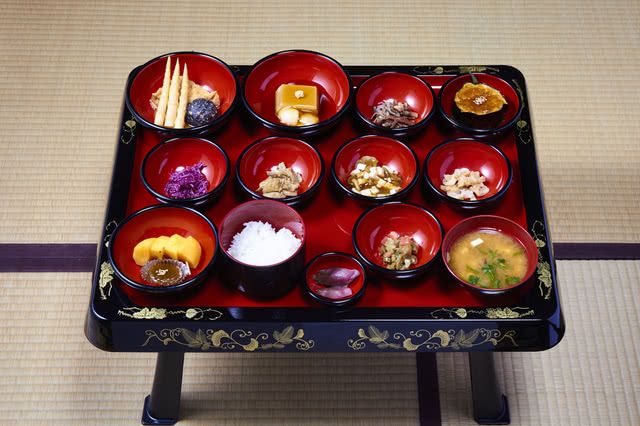
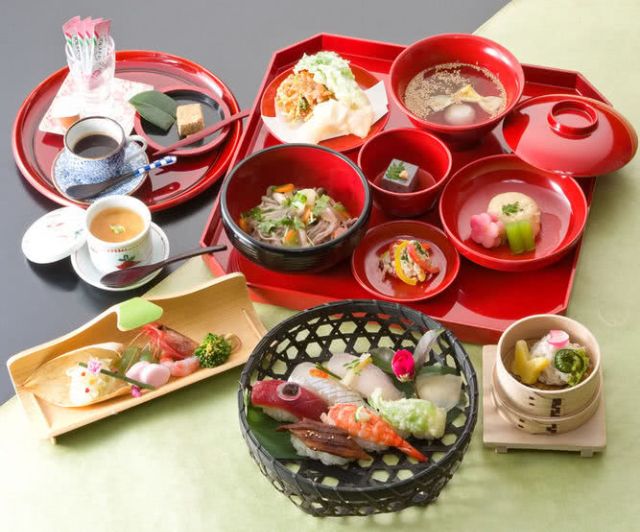
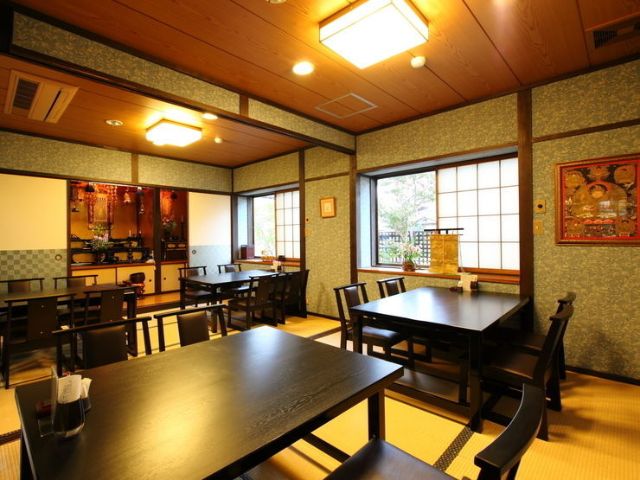









![Azabudai Hills [SUMI] (Janu Tokyo) ~ Editor's Afterword by the Editor-in-Chief of Japan's Gourmet Site](/gg/content_image//image/discover_oishii_japan/6536/article_head_150x105z.jpg)









